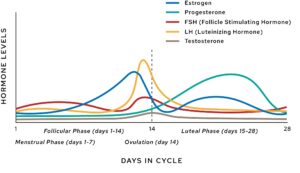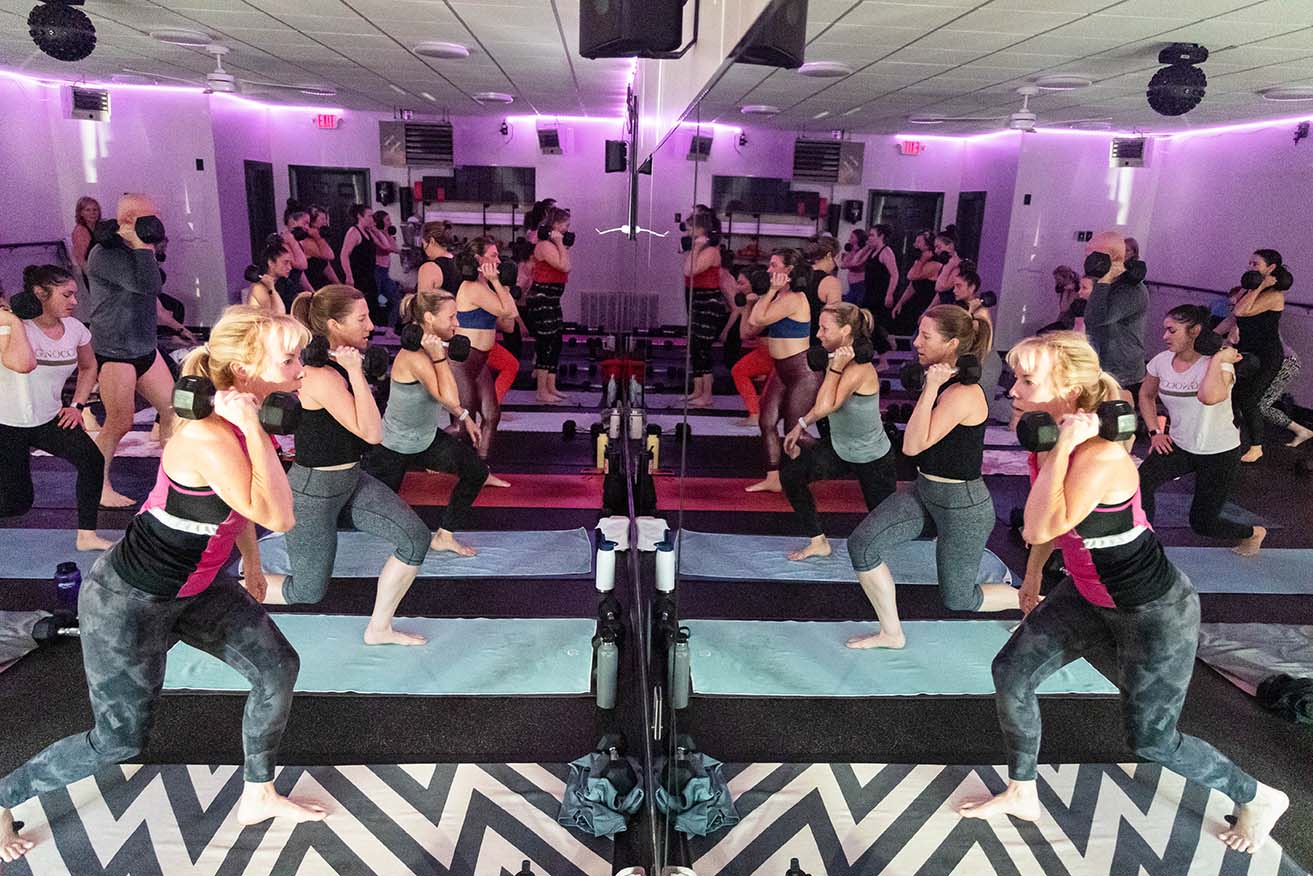Female-Specific Exercise Recommendations
For a long time, fitness recommendations have looked the same across genders. Most of the research that has been done in the past was on male bodies – women were perceived just to be small men – just scale the recommendations for size and plug and play. Thankfully the landscape is changing, women specific hormone profiles are being studied and it turns out our needs, strengths, weaknesses and recommendations are much different from men. Shocking, we know!
We know more now, including that women can optimize their training based on their menstrual cycle. This information is enlightening to women, to be aware that there are reasons that you feel stronger at certain times in your cycle, tired in others and to know when to push through and when to accept some rest, is validating for women athletes. To know your cycle, is to know how to be the most efficient, while understanding what your body is able to tolerate. This drastically changes how women can approach their fitness goals and routines.
 Early in your cycle (menstrual days) the female body works more like a man’s. We recover faster, have less muscle loss, build strength faster, and cool more easily. During the follicular phase (period to ovulation) females tolerate heavier weights and higher intensities – take advantage and up your weights! During the post ovulation time of your cycle (luteal phase) could be a great time to sub out a weights class for a yoga class or even a long walk, swapping out high intensity for more steady state cardio workouts.
Early in your cycle (menstrual days) the female body works more like a man’s. We recover faster, have less muscle loss, build strength faster, and cool more easily. During the follicular phase (period to ovulation) females tolerate heavier weights and higher intensities – take advantage and up your weights! During the post ovulation time of your cycle (luteal phase) could be a great time to sub out a weights class for a yoga class or even a long walk, swapping out high intensity for more steady state cardio workouts.
The recent studies specific to the female hormone profile have also shown us how important resistance training is for women! The science is clear, it’s imperative for all women, no matter the age, to strength train…the benefits are endless and the downsides are nonexistent. Women are broken into two groups based on age and where they are in their reproductive hormone journey to specify the guidance for them.
Women aged 20 -35, are able to reap the benefit of resistance training to failure, for this profile it is very effective at building and maintaining lean mass. Women in this age range have the benefit of creating a base foundation for resistance work by learning how to move well and building strength quickly. Start early, lift often, build your strength and don’t be afraid of weights.
Women 35+ have a different hormone profile and have to lift heavier weights to stimulate the same response as when they were younger. These women benefit from heavy resistance training, because the heavier weights create a response in the body that stimulates reproductive hormones that dampen cortisol (which b/c of perimenopause is no longer available.). As we hit perimenopause and subsequently menopause this becomes even more important for longevity, body composition, preventing soft muscle injuries AND attenuating cognitive decline. We need a greater input to create a stimulus response that builds muscle. As sex hormones (estrogen, progesterone, testosterone) begin to decline, it takes a louder message (ie heavier weight and higher intensity) to affect body composition – which is why putting heavier weights in your hands as you approach perimenopause is essential!
Now that we know better for women, we can do better. We try to educate and demonstrate to our community how important it is to have a healthy resistance training routine is to longevity and injury prevention!
Want to learn more about female specific fitness? Check out this podcast with Dr. Stacy Sims.

